BIG SCREEN
This weekend we’re watching: The French Dispatch – a Wes Anderson in its optimal form
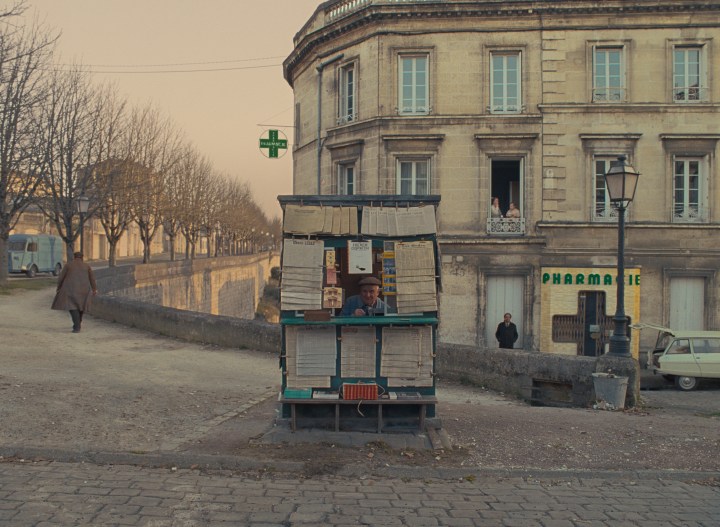
‘The French Dispatch,’ Wes Anderson’s latest film, which pays tribute to journalists, is an anthology – a format perfectly suited to his distinctive style.
Wes Anderson’s greatest asset is also his most frequent source of criticism – his films feel the same. Anderson is an auteur, which is to say that his works are highly recognisable by the distinctive style he has cultivated.
It’s surely difficult for him to rebuff accusations of unoriginality and self-plagiarism when everything he touches takes on such a particular quality, so rather than make stylistic changes, he’s sought to shake up structure.
The French Dispatch, Anderson’s 10th feature, is an anthology. It’s arguably the ideal format to digest his esoteric brand – a series of short stories tied together not by narrative but by his consistent style and theme.
In the film, the staff of The French Dispatch, an American magazine based in the fictional 20th-century French city of Ennui-sur-Blasé, gather to write the obituary for the magazine’s beloved editor (played by Bill Murray). Each of the several stories that comprise the film is a re-enacted article from the magazine’s final edition.
The magazine is clearly inspired by The New Yorker, with Murray’s character based on both the magazine’s co-founder, Harold Ross, and his successor, William Shawn. Anderson has been a regular reader of The New Yorker since 10th grade, and has described the film as, among other things, a love letter to journalists:
“… this movie is actually three things: a collection of short stories, something I’ve always wanted to do; a movie inspired by The New Yorker and the kind of writer they’re famous for publishing; and, I’ve spent a lot of time in France over the years and I’ve always wanted to do a French movie, and a movie that was related to French cinema.”
The first story is a travelogue of the grittier parts of Ennui by The Cycling Reporter (Owen Wilson) who reads his article to the camera while touring the cobbled streets of the old city. Already in this first story, Anderson sates his fascination with period architecture; sculpting the ageing stone of Ennui over 250 years into an idealised caricature of France with both the quaintness of its narrow alleys and grandeur of its ancient cathedrals.
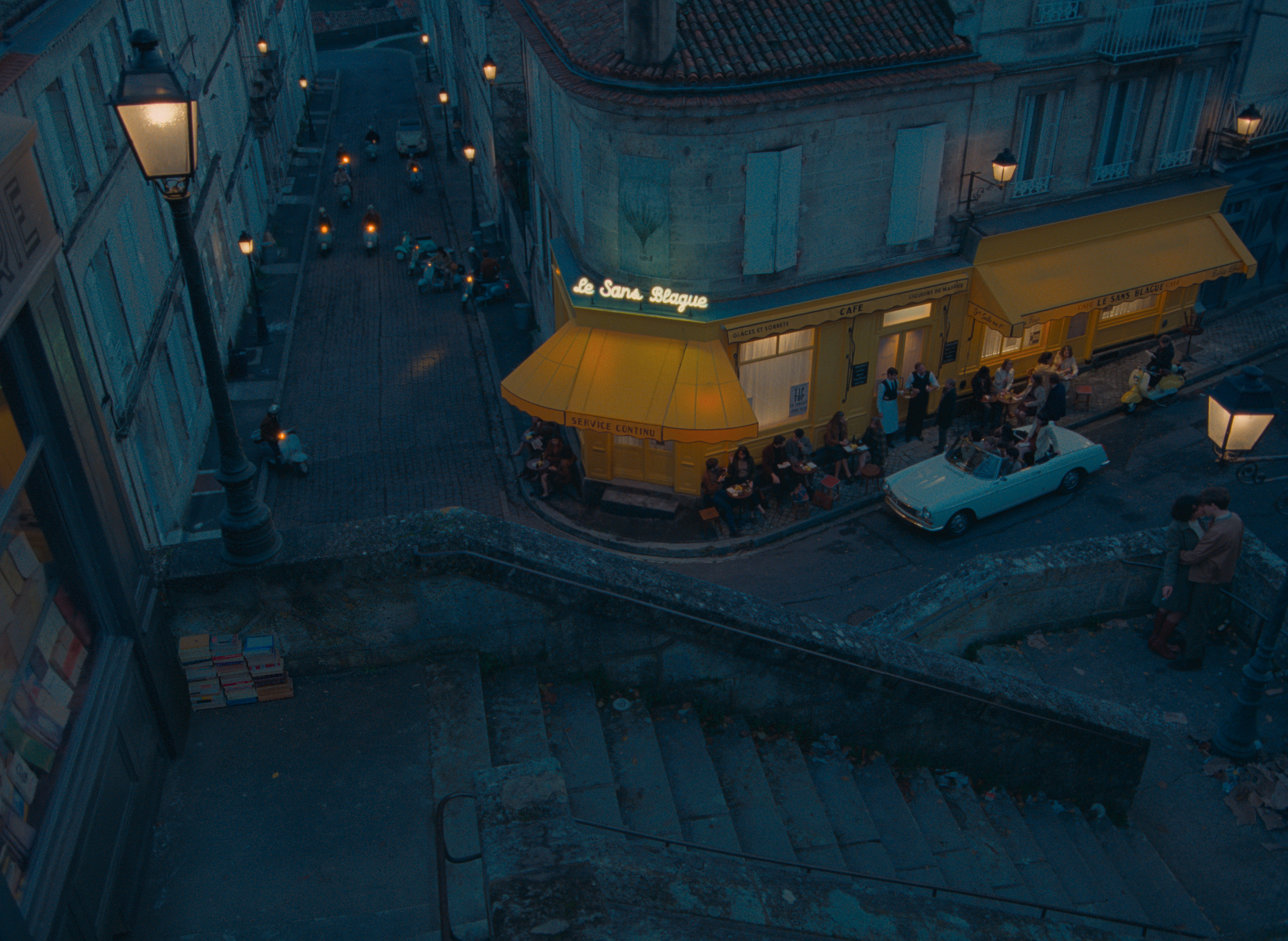
The French Dispatch. Photo Courtesy of Searchlight Pictures. © 2020 Twentieth Century Fox Film Corporation All Rights Reserved
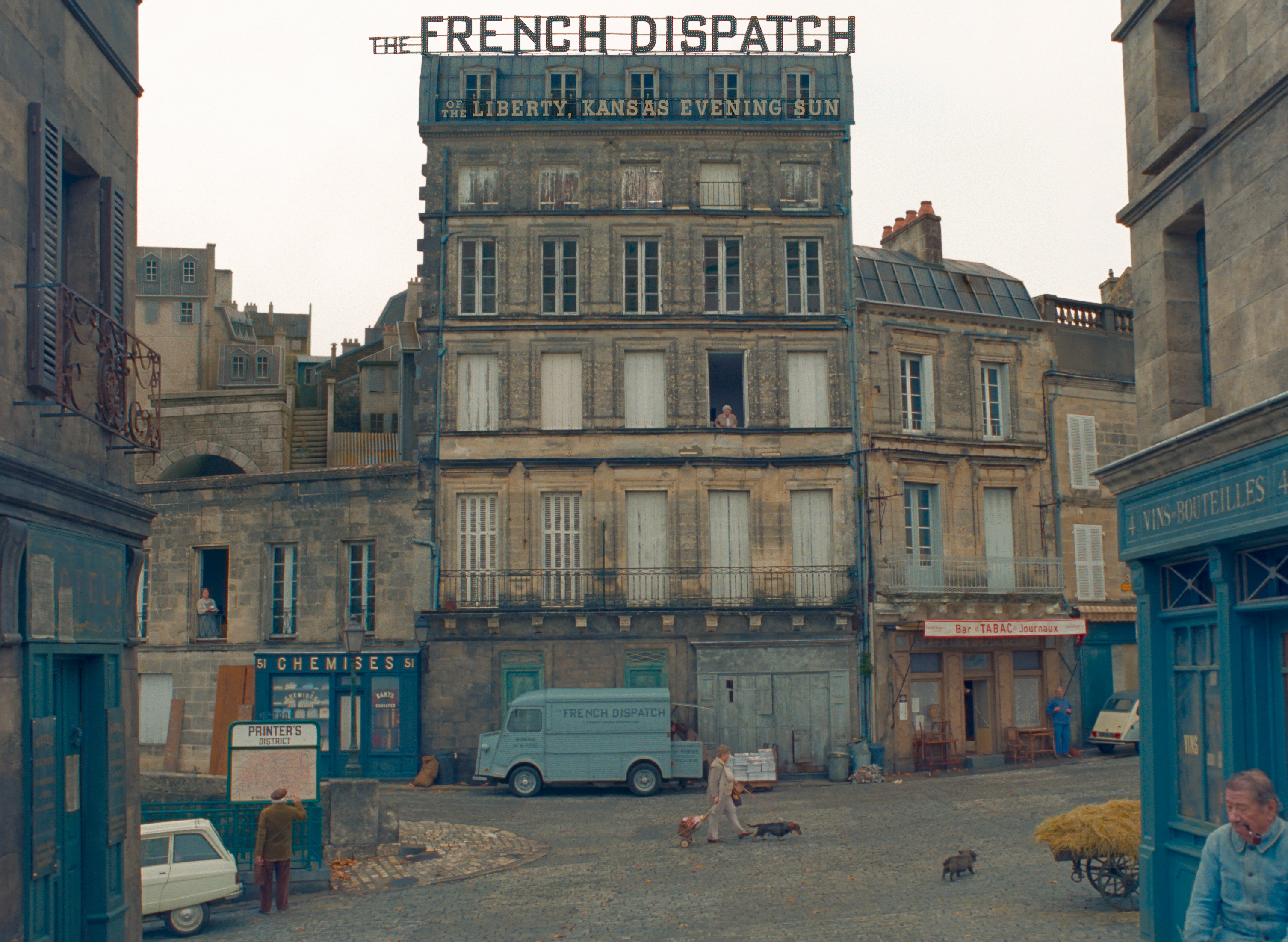
The French Dispatch. Photo Courtesy of Searchlight Pictures. © 2020 Twentieth Century Fox Film Corporation All Rights Reserved
It’s an energetic start, which lays a contextual foundation for the stories to come. Anderson’s films are ostentatiously detailed, imbuing them with nostalgia and familiarity. During the tour of Ennui, The Cycling Reporter states, “department of local statistics – average rainfall: 750mm. Average snowfall: 190,000 flakes. 8.25 bodies are pulled from the Blasé River each week, a figure which remains consistent despite population growth and advances in health and hygiene.”
These details are as unnecessary as they are charming and funny. Anderson’s films are packed with Easter eggs that are intended to be easy to notice – making a viewer feel included in the joke.
Andersonian humour tends to rely on the artificially stiff and orderly behaviour of a person or group of people. His subjects are hyper-intentionally choreographed both physically (for example, the way they turn to face the camera at carefully timed moments) and in their dialogue (speaking with a comedic, almost robotic straightforwardness laced with a childish wit). The first story of The French Dispatch is a parade of his unique comedy.
The second story, The Concrete Masterpiece, is about the commercialisation of a criminally insane painter (Benicio del Toro) in an asylum, who’s in love with a guard. Anderson satirises modern art and comments on the commodification of art, with reference to Banksy and other artists whose art is specifically intended not to be collected.
When an ambitious art dealer (Adrien Brody) attempts to convince his uncles that the homicidal painter is a savant, the exchange pokes fun at how trends manipulate our perceived value of art. “He could paint this beautifully if he wanted, but he thinks this is better, and I think I sort of agree with him.”
Anderson takes advantage of the same psychological phenomenon, interrupting the soundtrack suddenly, framing scenes obviously and writing archetypal characters; but seen as all the more skilled for it because it’s just assumed he could do things more conventionally if he wanted to.
He plays fast and loose with the contract between director and audience – the fourth wall is easily broken, impossible things take place without explanation, and the set can be manipulated and changed on camera for dramatic effect. Rather than employ typical tactics to show character continuity between Del Toro and Tony Revolori, who plays his younger self, Revolori simply hands over the character’s dog-tag to Del Toro, drawing attention to the unreality of the scene and turning the very concept of character continuity in film into a joke.
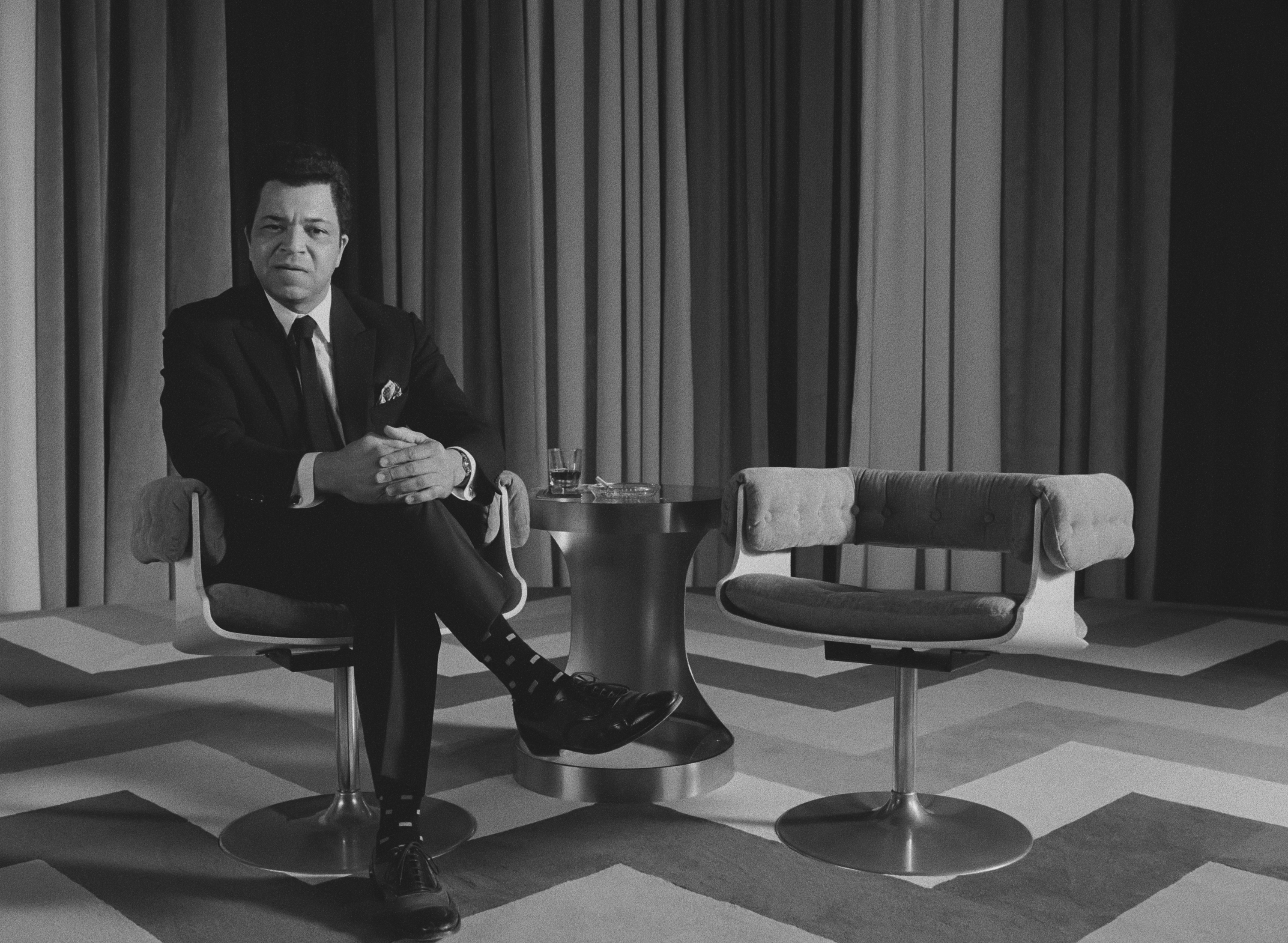
The French Dispatch. Photo Courtesy of Searchlight Pictures. © 2020 Twentieth Century Fox Film Corporation All Rights Reserved
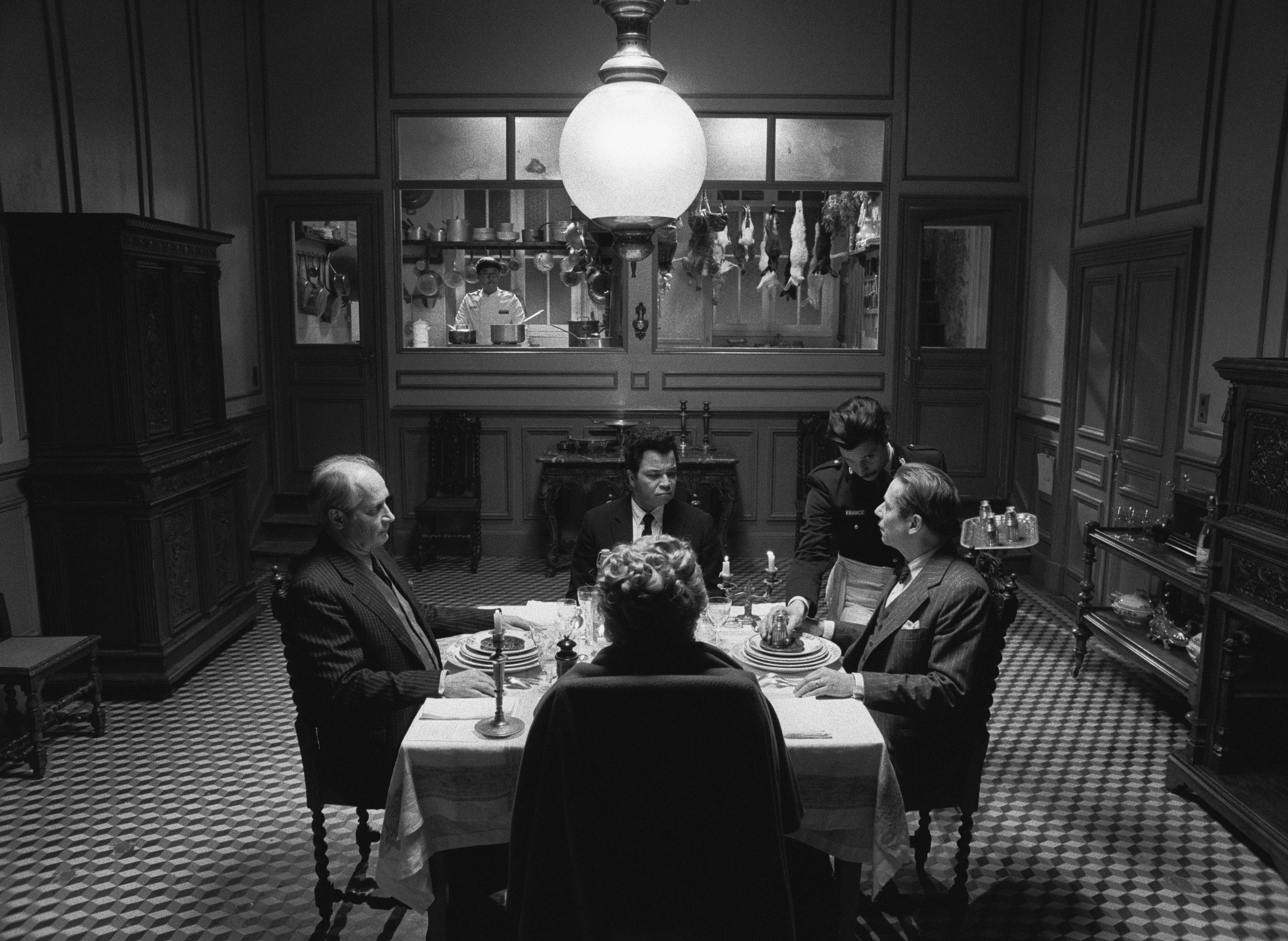
(From L-R): Hippolyte Girardot, Stephen Park, Jeffrey Wright and Mathieu Amalric in the film THE FRENCH DISPATCH. Photo Courtesy of Searchlight Pictures. © 2021 Twentieth Century Fox Film Corporation All Rights Reserved

Léa Seydoux in the film THE FRENCH DISPATCH. Photo Courtesy of Searchlight Pictures. © 2021 20th Century Studios All Rights Reserved

(From L-R): Tilda Swinton, Lois Smith, Adrien Brody, Henry Winkler and Bob Balaban in the film THE FRENCH DISPATCH. Photo Courtesy of Searchlight Pictures. © 2020 Twentieth Century Fox Film Corporation All Rights Reserved
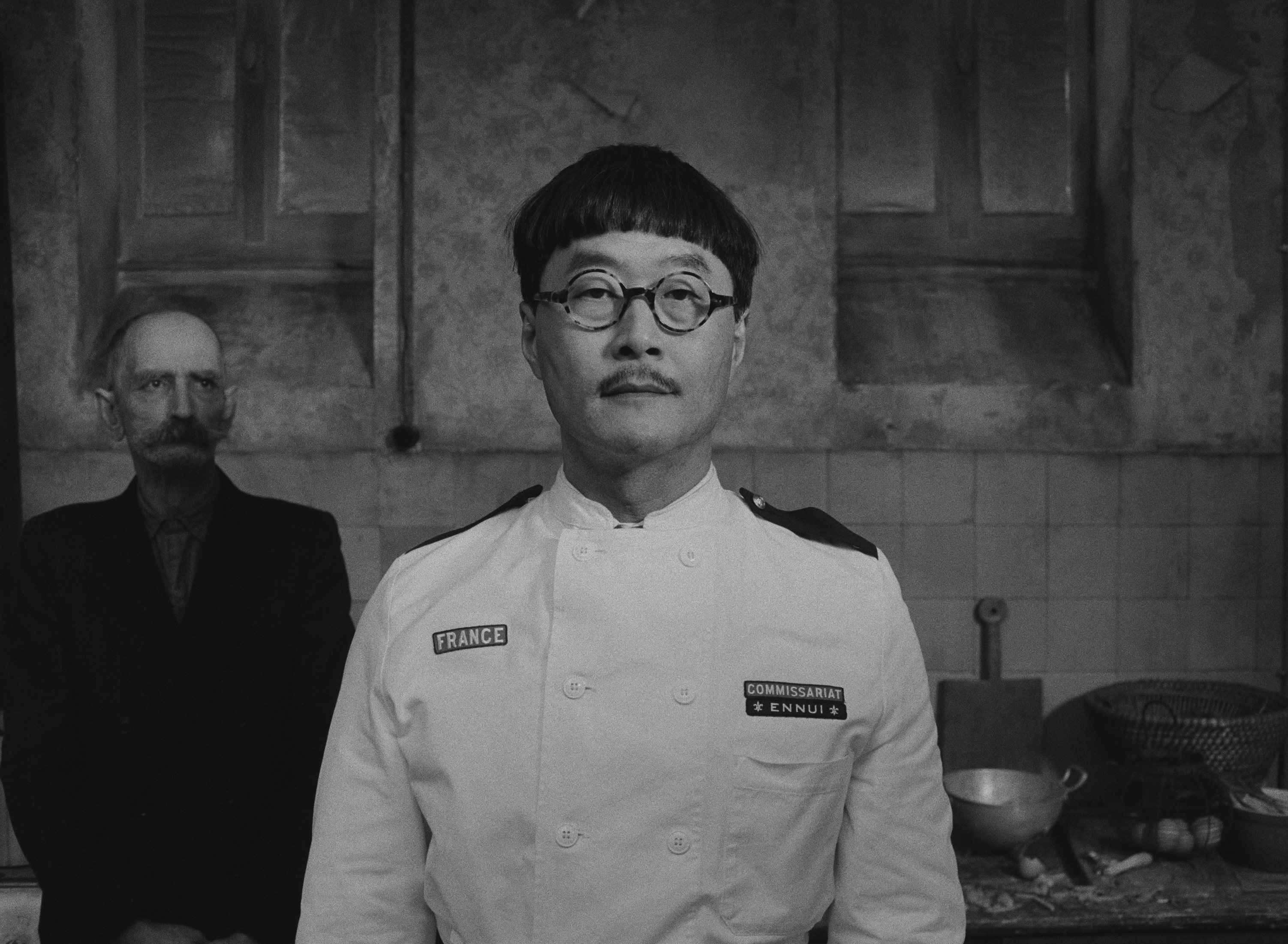
Stephen Park in the film THE FRENCH DISPATCH. Photo Courtesy of Searchlight Pictures. © 2020 Twentieth Century Fox Film Corporation All Rights Reserved
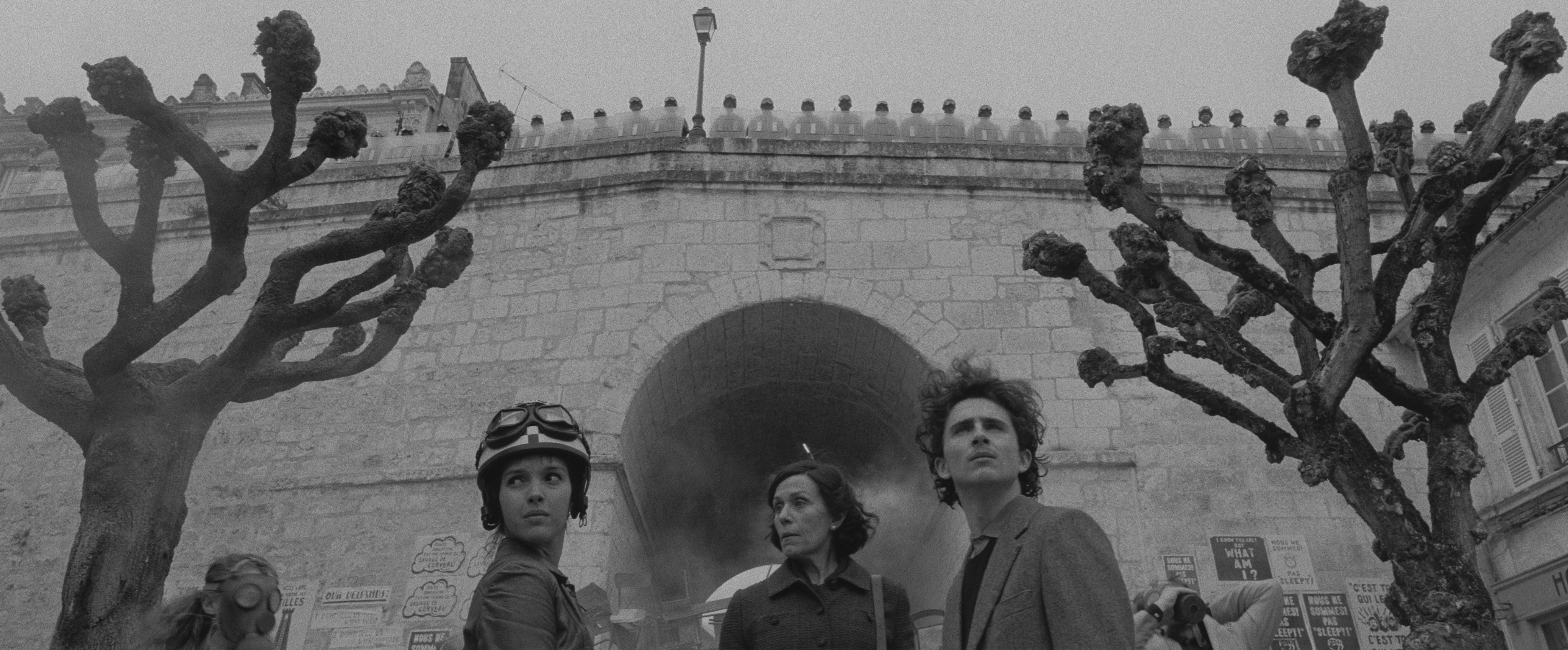
The French Dispatch. Photo Courtesy of Searchlight Pictures. © 2020 Twentieth Century Fox Film Corporation All Rights Reserved
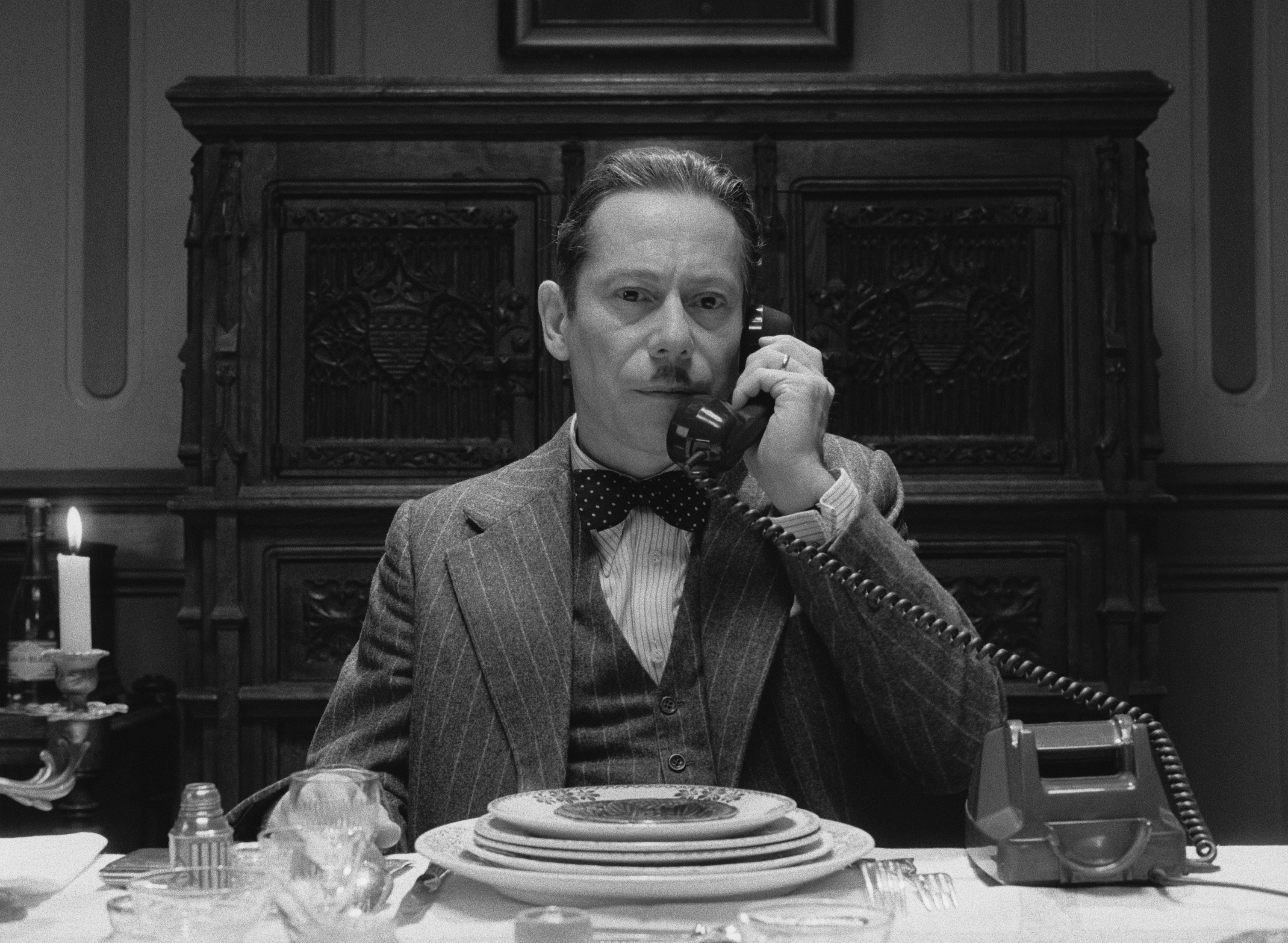
Mathieu Amalric in the film THE FRENCH DISPATCH. Photo Courtesy of Searchlight Pictures. © 2020 Twentieth Century Fox Film Corporation All Rights Reserved
Remember the mannequin challenge, the viral video trend wherein people would pose in action as if they were mannequins and the camera would move around them? Anderson takes up the challenge as a device throughout the film. He could easily have preserved the illusion of realism by using CGI to freeze his actors in action, but he chooses not to, simply because it’s less fun.
The camera will zoom in just before something significant is said to make sure the viewer knows to focus on it or catch the joke – sometimes the zooming is itself the joke, in that it gives importance to something which would not ordinarily be seen as important.
Anderson’s trademark aesthetic, distinguished by obsessive symmetry, elaborate sets and bright, heavily curated thematic colour pallets, can be seen most clearly in The Concrete Masterpiece, which is draped in shadowy orange, although the third story in the anthology is close behind with its excitable yellows.
Revisions to a Manifesto is Anderson’s romanticised version of the student protests in May 1968 that led to the shutting down of all of France. Timothée Chalamet plays a student leader based on Daniel Cohn-Bendit who called for sexual freedom at the French university in Nanterre.
Anderson muses on love and progress, splashing about in the space between profound and pretentious. As usual, he keeps it sophisticated, but decrypted – the storytelling is direct and simplified so as not to require any effort to follow the plot.
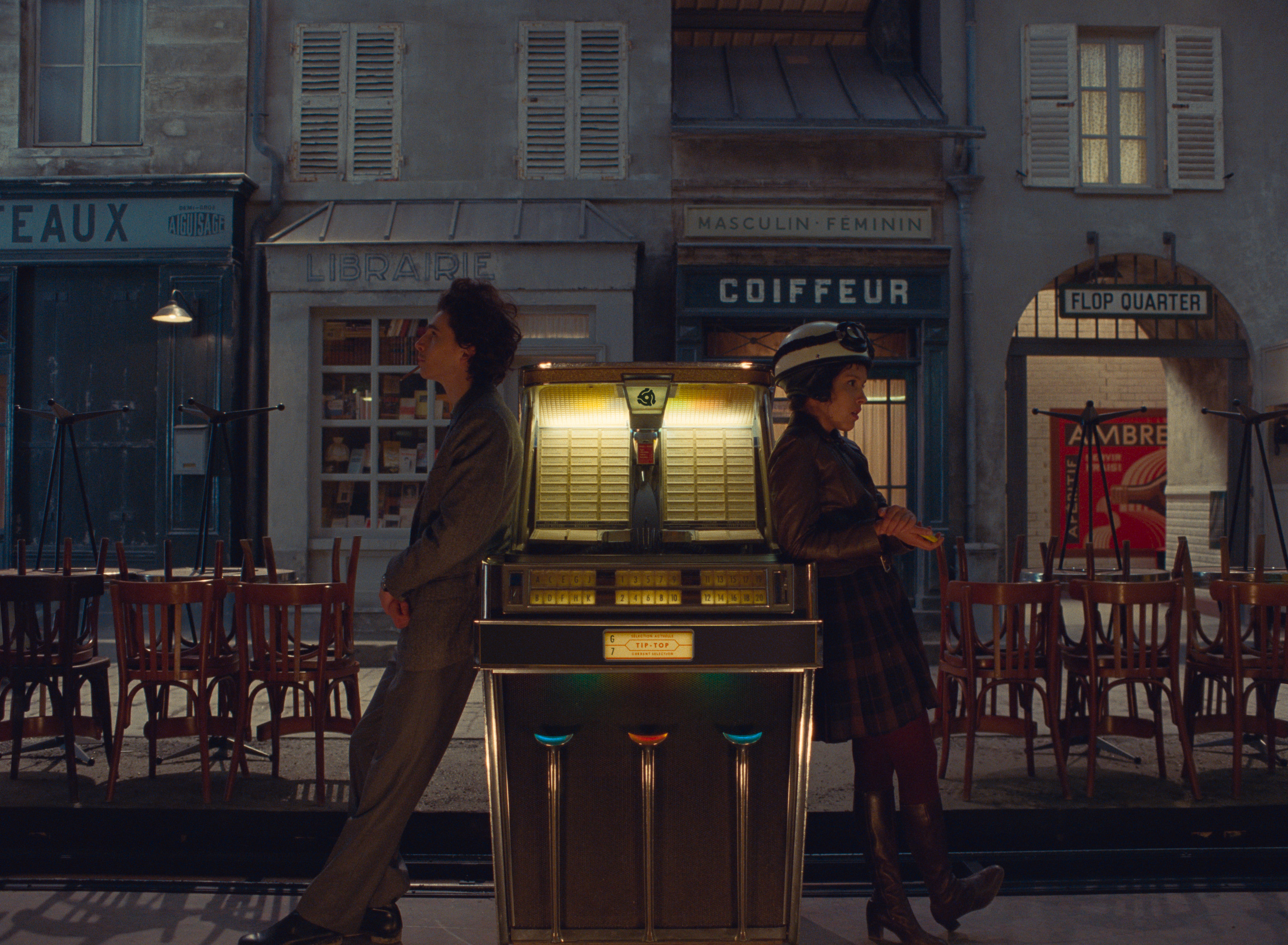
Timothée Chalamet and Lyna Khoudri in the film THE FRENCH DISPATCH. Photo Courtesy of Searchlight Pictures. © 2021 20th Century Studios All Rights Reserved
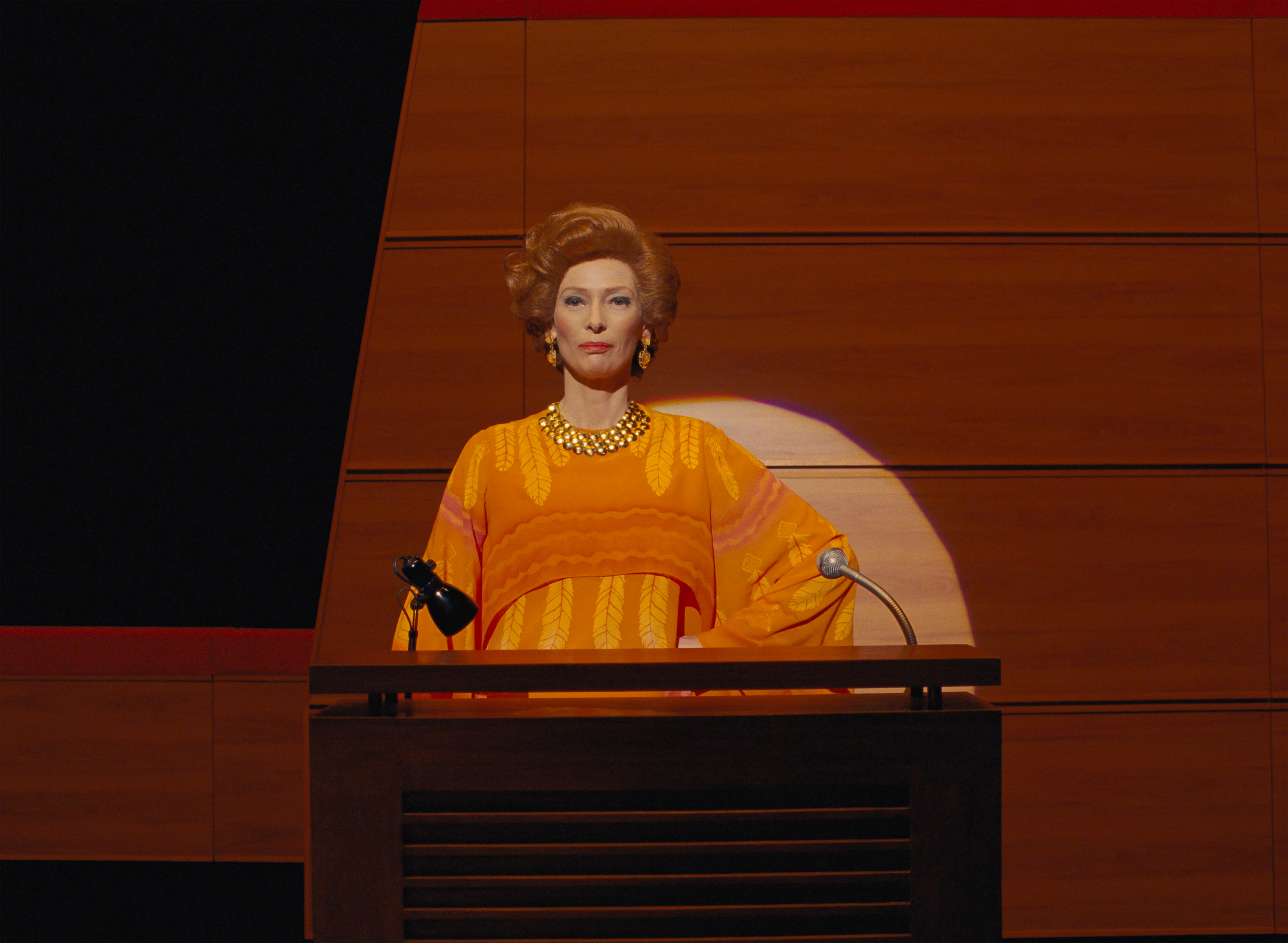
Tilda Swinton in the film THE FRENCH DISPATCH. Photo Courtesy of Searchlight Pictures. © 2021 Twentieth Century Fox Film Corporation All Rights Reserved
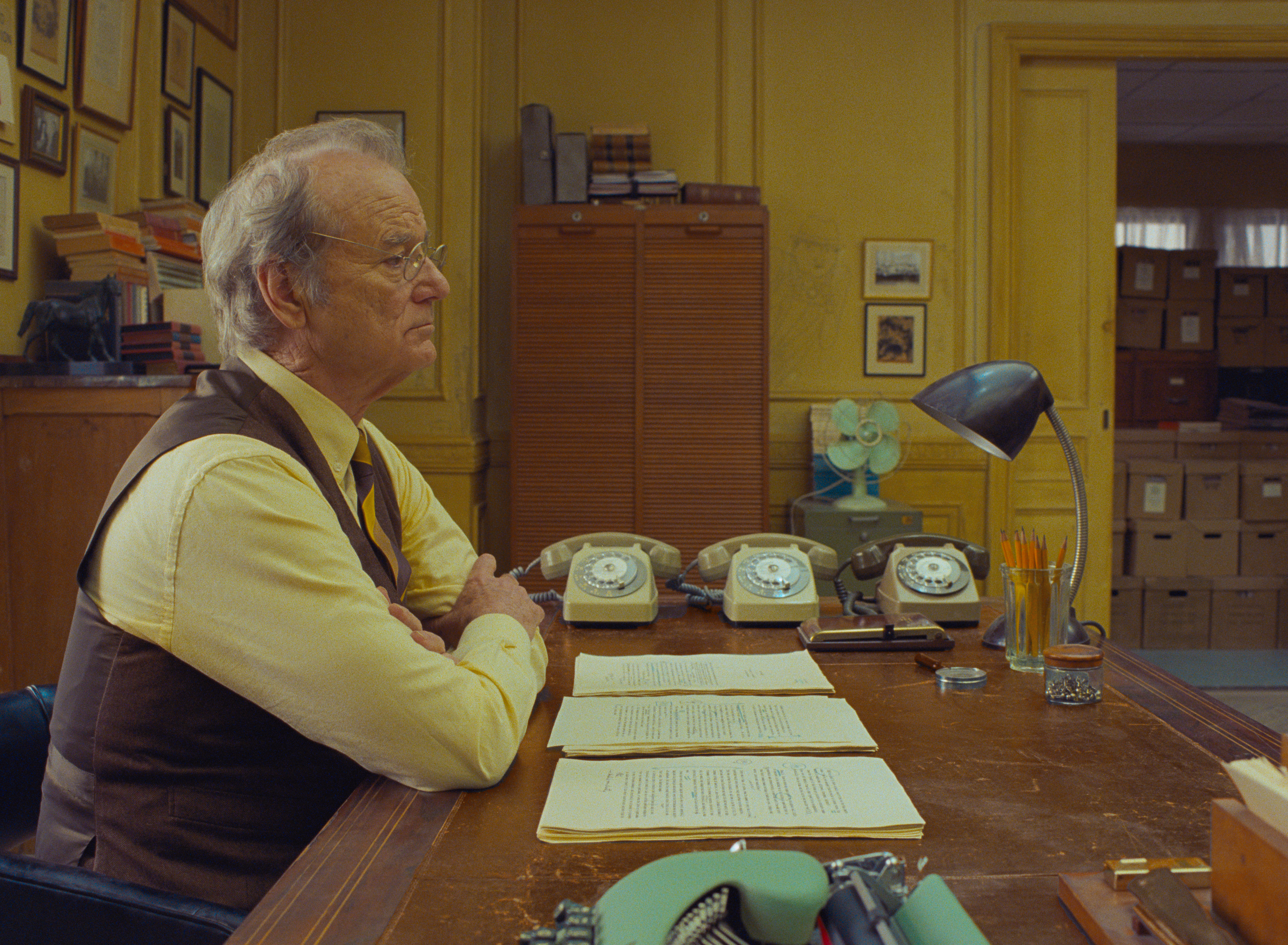
Bill Murray in the film THE FRENCH DISPATCH. Photo Courtesy of Searchlight Pictures. © 2020 Twentieth Century Fox Film Corporation All Rights Reserved
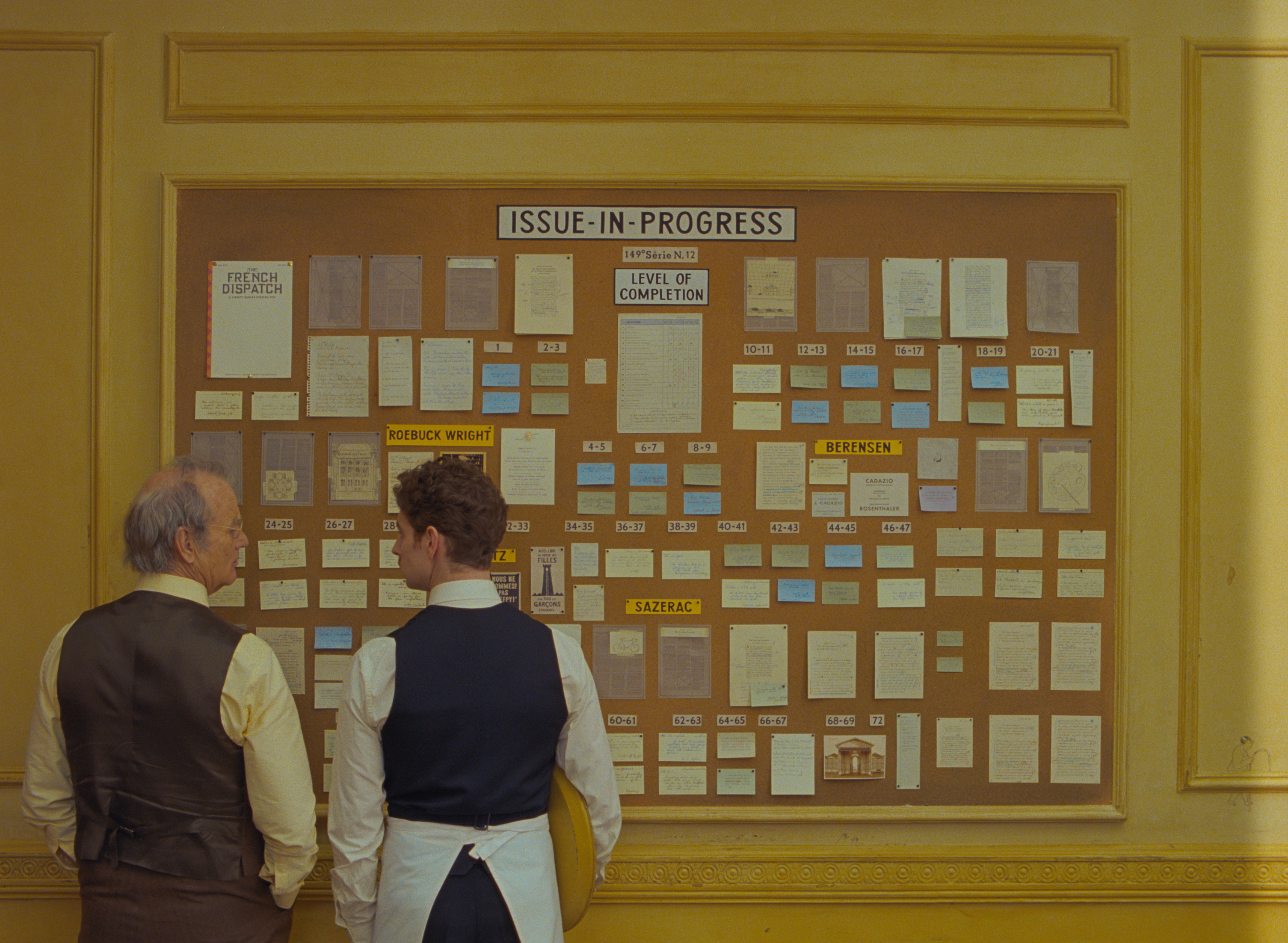
Bill Murray and Pablo Pauly in the film THE FRENCH DISPATCH. Photo Courtesy of Searchlight Pictures. © 2020 Twentieth Century Fox Film Corporation All Rights Reserved
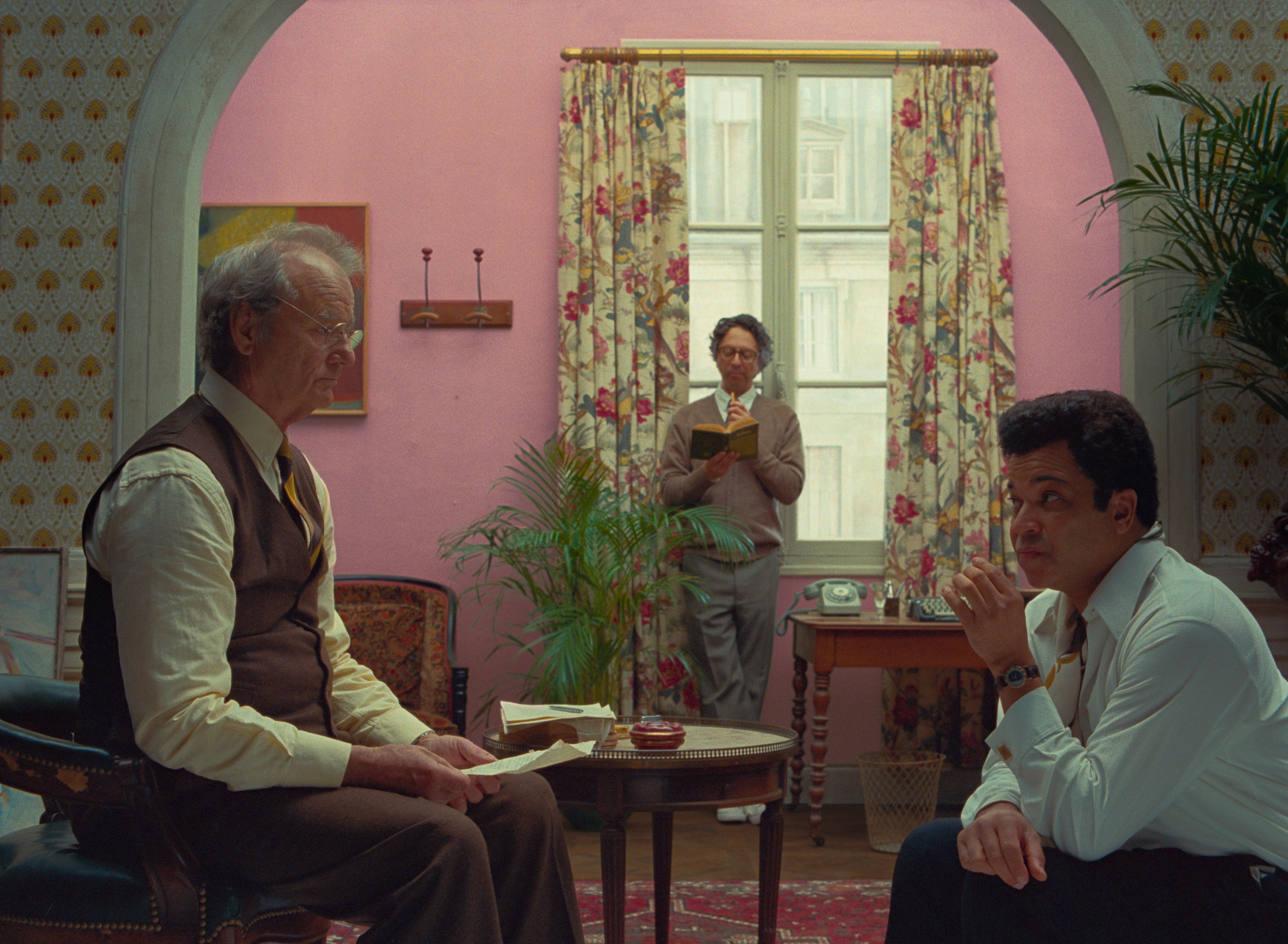
(From L-R): Bill Murray, Wally Wolodarsky and Jeffrey Wright in the film THE FRENCH DISPATCH. Photo Courtesy of Searchlight Pictures. © 2021 20th Century Studios All Rights Reserved
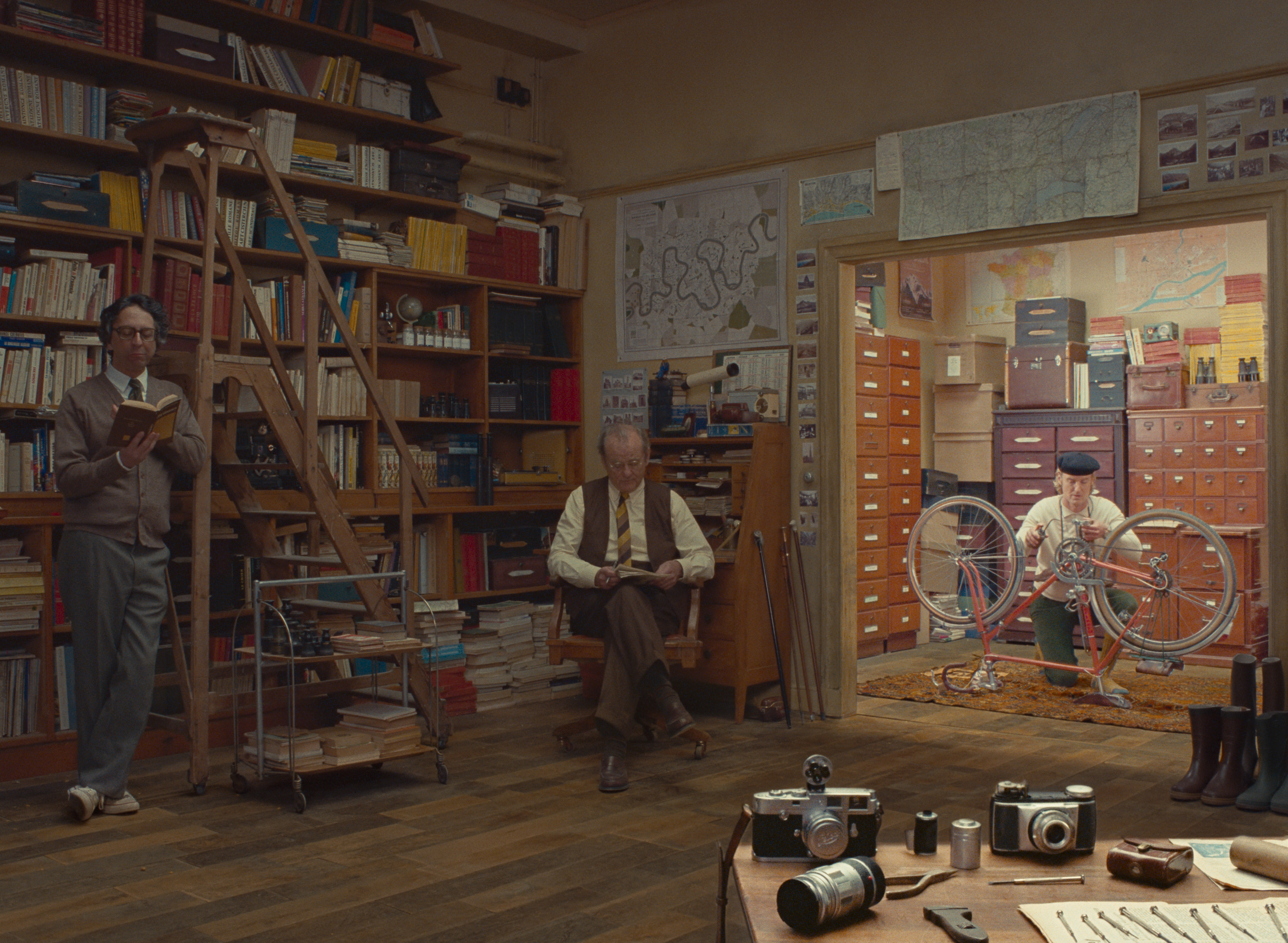
(From L-R): Wally Wolodarsky, Bill Murray and Owen Wilson in the film THE FRENCH DISPATCH. Photo Courtesy of Searchlight Pictures. © 2020 Twentieth Century Fox Film Corporation All Rights Reserved

(From L-R): Elisabeth Moss, Owen Wilson, Tilda Swinton, Fisher Stevens and Griffin Dunne in the film THE FRENCH DISPATCH. Photo Courtesy of Searchlight Pictures. © 2020 Twentieth Century Fox Film Corporation All Rights Reserved
Having gained such a reputation and worked with so many famous actors, Anderson is only competing with his past self in terms of his cast of stars. By this point in the film, we are utterly spoiled for famous cameos.
The final story, The Private Dining Room of the Police Commissioner, stars Jeffrey Wright as a food journalist (inspired by James Baldwin and AJ Liebling) who gets involved in a kidnapping while writing about a legendary chef.
Anderson has been living in France for the past few years. Much of this last story is about the wonder and loneliness of living in a foreign country. Wright brings a sincerity that is absent from the rest of the film, and if it weren’t for Anderson’s typically unfitting, cheerfully ironic soundtrack, we might even take this story seriously.
Even though The French Dispatch is made up of smaller separate parts, it lands up feeling like one long cohesive film because of its whirlwind pace, consistent stylistic elements and sheer density of memorable imagery. Without a single traditional narrative, the audience’s focus is shifted from the content itself and to the magic of Anderson’s stylisation.
Those sceptics who deride Anderson’s stylistic homogeneity will leave unconvinced of his versatility, but even they may admit that in this film he has landed on a format of expression that honestly showcases the best of his idiosyncrasy. DM/ML
The French Dispatch is in South African cinemas. You can contact This Weekend We’re Watching via [email protected]
[hearken id=”daily-maverick/8854″]















 Become an Insider
Become an Insider
Comments - Please login in order to comment.